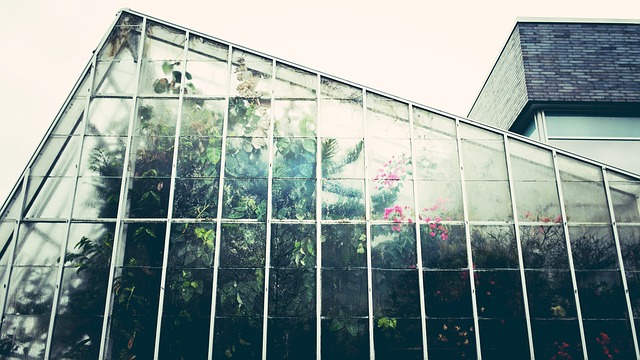The successful indoor growing of plants is achieved through several critical factors. How much should you control the temperature? Is it warm enough? When growing plants indoors, it shouldn’t be too warm, or too cold, as extremes will only lead to stress on the plants. Too cold slows the growth of plants and too warm boosts stress. In either case, there will be an adverse effect on the yield of the plants. However, if you are able to establish the proper indoor environment, your plants will thrive.
LED grow light technology plays an important role when it comes to Leaf Surface Temperature (LST). Most growers find it a challenge to maintain the right air temperature when it comes to growing plants. Keep in mind that the leaf surface temperature is not the same as the air temperature in the indoor space. Measuring the air temperature in your indoor garden is similar to measuring the air in the living space. To determine the actual leaf surface temperature, you need to consider several other factors like the plant type, air temperature, the humidity, and the spectrum of light.
Is leaf surface temperature important?
LED grow lights have advanced considerably in the last few years. It has become so much easier to provide plants with optimised spectra of light. In plants, biochemical reactions only operate within some narrow temperature ranges. If there is a decrease or an increase in temperature, these reactions will proceed at a slow pace or not happen at all. Within plants, metabolism occurs, and it’s the optimal leaf surface temperature that maximises growth and the production of secondary metabolites like vitamins, pigments, resins, and flavor enhancing compounds.
Ambient air in the growing environment is a factor that affects the leaf surface tension. It is possible for you to keep the leaves cool through evaporation that occurs in open stomata of the leaf. This allows gas exchange and other processes by the available light. Maintaining the LST at a suitable range will help to ensure that plants can proceed with the best biochemical reactions efficiently.
What affects the leaf surface temperature?
The ambient air temperature, light temperature, relative humidity, and metabolic differences, all have different effects on the leaf surface temperature. The air temperature helps to set the baseline for the temperature of the leaf. This temperature provides the right amount of heat to the leaves which are cooler than the air, and vice versa. Note that most of the leaves would cool all by themselves through evaporation of water through the stomata of the leaves. In a typical situation, higher relative humidity would increase the LST and reduce evaporation through proper cooling.
Furthermore, the light spectrum also has an effect on cooling or heating the leaves. Chlorophyll uses blue and red light efficiently from the light spectrum, but this doesn’t mean the plants will not use other frequencies like the yellow light for the process of photosynthesis. With LEDs, it is possible to optimise the light spectrum for plants correctly, and doing so keeps the plants in a better range. In general, heat mitigation remains a significant concern for indoor growing spaces when using artificial lighting.
Supplemental lighting
There are so many different lighting options available today, which create a different light spectrum when compared to various other forms of artificial lights. Compared to other lighting options, LED grow lights vary compared to others, in the sense that their spectrum tailors to the different specifications required by plants. At the same time, they eliminate any unwanted wavelengths of light that will end up as wasted energy. These lights help to maintain the leaf surface temperature, and since plants absorb most of the power, there’s less exposure to excess heat. They ensure plants remain in the best state to proceed with the photosynthesis process.
The best LED grow lights, with their light spectrum work with the leaf physiology, relative humidity, and ambient air temperature to produce the best quality indoor grown plants.

